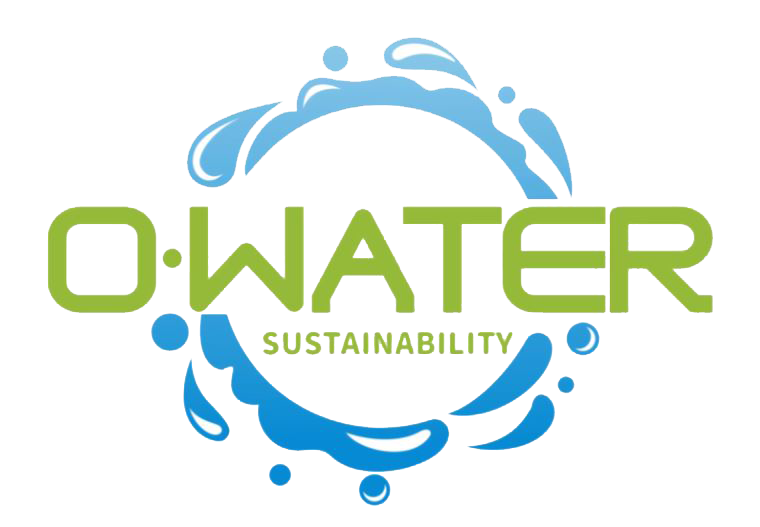Addressing the Critical Challenges of Water Preservation in Latin America: An Overview for Industry Leaders
- Mario Castro Rojas
- Jul 5
- 4 min read
Water is essential for life. However, in Latin America, it is one of the most contested and endangered resources. As multinational manufacturers and sustainability officers seek to improve operations, understanding the complexities surrounding water preservation in this region is crucial.
In recent years, climate change, rapid urbanization, and mismanagement have intensified water scarcity. With nearly 50 million people lacking access to safe drinking water, the situation demands urgent attention. This post will analyze the primary obstacles to water preservation in Latin America and explore strategies industry leaders can implement to address these challenges.
Understanding the Water Crisis in Latin America
Despite being home to some of the world's most diverse ecosystems and abundant freshwater resources, Latin America faces significant water scarcity challenges. According to the United Nations, this crisis could worsen, potentially affecting up to 75 million people by 2050. Urban areas, with rapid population growth, are becoming overwhelmed, making it vital for industry leaders to grasp the gravity of the situation.
Rural communities are particularly vulnerable, especially indigenous populations, who often bear the brunt of water shortages. For instance, over 60% of Indigenous communities in the Amazon lack access to basic water services, highlighting the urgent need for effective solutions.
Climate Change and Its Impact
Climate change is amplifying water scarcity in Latin America. For example, regions such as the Andes Mountain range have experienced glacier retreat at rates of up to 70% in some areas, significantly reducing freshwater availability. This phenomenon not only endangers ecosystems but also impacts agriculture and drinking water supplies.
Furthermore, rising temperatures increase evaporation from reservoirs, reducing the amount of water available for both industrial and agricultural use. Research shows that every 1°C increase in temperature could further shrink available water by 20% in some regions. Industry leaders must invest in technologies that enable better forecasting of water availability and develop adaptable strategies to address these challenges.
Urbanization and Population Growth
Latin America's urban population is growing rapidly, with cities like São Paulo and Mexico City expanding dramatically. As reported by the World Bank, nearly 40% of urban dwellers already face water shortages, a reality that will likely worsen. The combination of increased demand and inadequate infrastructure for water treatment and distribution exacerbates the crisis.
For example, in Mexico City, about 33% of water produced is lost due to leaks in outdated pipes, underlining the necessity for industries to partner with local governments and stakeholders. By collaborating on infrastructure improvements, industries can help enhance water sustainability and reliability in urban areas.

Resource Mismanagement
Mismanagement is a major contributor to water scarcity across the region. Agricultural practices often waste water, with up to 50% of water used for irrigation lost to evaporation or inefficient practices. In industrial sectors, over-extraction accelerates depletion of local water supplies.
To combat this, industry leaders should prioritize sustainable water management. Using rainwater harvesting, wastewater recycling, and precision agriculture can cut water usage and enhance efficiency. For example, implementing precision irrigation techniques can reduce water use by up to 30% while maintaining crop yields. Collaborative initiatives among governments, businesses, and communities will be essential for addressing resource mismanagement effectively.
Socioeconomic Disparities
There are stark inequalities in access to clean water throughout Latin America. Wealthier populations often have prioritized access, while vulnerable communities struggle for basic sanitation services. This disparity raises ethical concerns and highlights the role of industries in making a difference.
Corporate social responsibility initiatives should target equitable access to water. Companies can invest in community education on water conservation, develop infrastructure in under-served areas, and engage with local stakeholders. Such efforts can create a more just and sustainable water landscape.
Another key factor affecting water sources in Latin America include poor education and unclear waste processing politics.

Technological Innovations
Advancements in technology offer promising solutions for water preservation. For example, smart water management systems and advanced irrigation methods can greatly increase efficiency. Industry leaders should consider investing in technologies such as IoT sensors for real-time water monitoring, which can significantly enhance conservation practices.
Furthermore, supporting the development of local technology hubs will foster regional innovations tailored to address the specific challenges in Latin America. Through collaboration with local teams, industries can drive forward solutions that ensure better water management.
Taking Action for a Sustainable Future
The water preservation challenges in Latin America are complex and require coordinated efforts from industry leaders and stakeholders. The intersecting issues of climate change, urbanization, resource mismanagement, and socioeconomic disparities underscore the need for innovative, collaborative solutions.
Multinational manufacturing companies must recognize their role in these challenges. By adopting sustainable practices, investing in technology, advocating for policy changes, and supporting local initiatives, they can help build a more sustainable future for Latin America.
As the region moves further into water scarcity, the time to act is now. By prioritizing water preservation, industries will not only ensure their operational sustainability but also foster positive change for communities that depend on this vital resource.





Comments